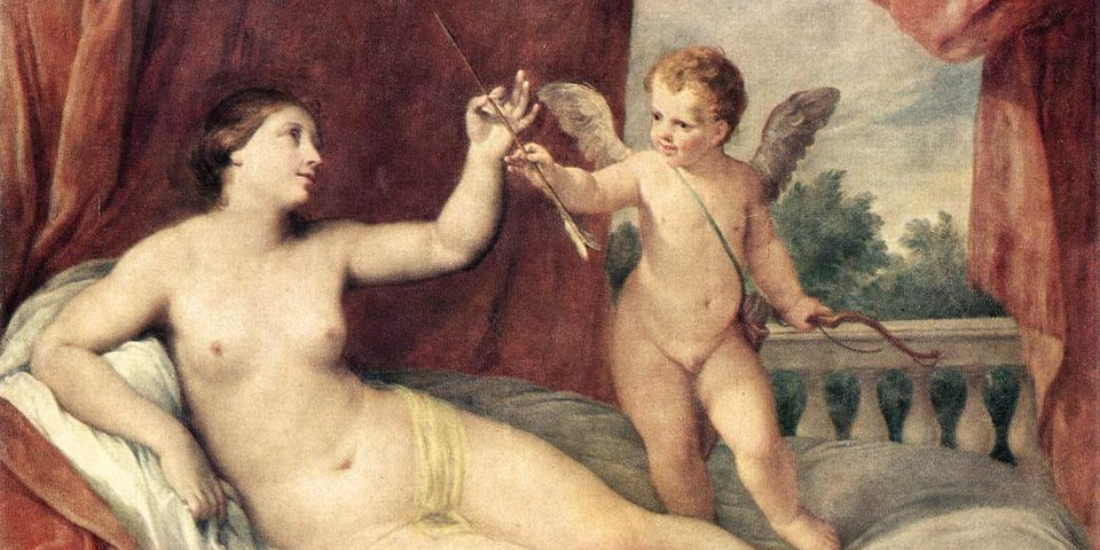
"The Divine Guido Reni in the Savoy Collections and on the altars of Piedmont" shines at the Royal Museums
Jayde BrowneShare
At the Royal Museums of Turin, from October 11, 2025, to January 18, 2026, an exhibition celebrating the connection between Guido Reni and the Savoy dynasty will open, offering a fascinating glimpse into the lesser-known work of the Bolognese master. To mark the 450th anniversary of the birth of the "divine" painter, the public is invited to discover a rich exhibition of masterpieces, precious loans, and surprising discoveries that reveal the Piedmontese sovereigns' refined taste for the art of one of the most beloved artists of the 17th and 18th centuries.
The exhibition is curated by Annamaria Bava and Sofia Villano, who have selected works that demonstrate the Dukes of Savoy's predilection for Guido Reni. The Royal Museums house some of the most precious paintings acquired by the sovereigns, but the exhibition also explores masterpieces housed in churches and chapels across Piedmont, offering visitors a comprehensive and deeply evocative overview. Among the most anticipated works is "Saint John the Baptist," painted around 1635, an oil on canvas that perfectly embodies Reni's luminous, composed, and harmonious style.
Particular enthusiasm surrounds the presentation of the "Assumption of the Virgin," a canvas recently rediscovered in the church of Abbadia Alpina in Pinerolo. Carefully restored, it is being exhibited to the public for the first time on this occasion. Its recovery represents a significant event in the history of art and restores an important piece to the master's Piedmontese production. The ideal beauty of the forms, the light that pervades the figures, and the refined grace reminiscent of ancient sculpture and the Renaissance make Reni's painting particularly congenial to the taste of the House of Savoy, who chose it to adorn residences and court altars.
One of the first admirers was Cardinal Maurizio, who began a tradition of Savoy collecting at the dawn of the 17th century. He was followed by the refined Prince Eugene of Savoy Soissons, who reserved Reni's paintings a place of honor in his collection. After the prince's death, many of his paintings were purchased by King Charles Emmanuel III, finally arriving in Turin in 1741, where they would adorn the Galleria Sabauda and the royal residences. The story of this collection is narrated step by step, offering a historical reconstruction that highlights the fundamental role of Reni's great admirers in the formation of the Savoy collections.
In addition to the large canvases, the exhibition offers a glimpse into the graphic work of Guido Reni, who was also a masterful draftsman. Some of his graphic works, preserved at the Galleria Sabauda and the Royal Library, are on display, demonstrating the master's extraordinary versatility. These testimonies reveal Reni's care and compositional intelligence even in small formats, broadening the scope of his work and allowing us to grasp new nuances in his pursuit of ideal beauty.
Reni's artistic career is distinguished by a formal perfection developed through the teachings of ancient sculpture and Renaissance art. His painting embodies a "modern classicism," capable of engaging with tradition while also anticipating Baroque sensibilities. The Savoy rulers, attentive promoters of the arts, recognized this luminous and restrained style by purchasing works destined to adorn both places of worship and state rooms, such as the altars of their residences and private chapels. For this reason, the exhibition presents a journey through noble collecting, intertwining history, art, and devotion in a compelling narrative that restores to the city the charm of a century of figurative culture between Bologna, Rome, and Turin.
Comparisons with related works, including those from the Musée des Augustins in Toulouse, are plentiful. The presence of these masterpieces enriches the exhibition, offering insights into Guido Reni's success in Europe and how his art spread, attracting admiration in a wide variety of contexts. The exhibition focuses on those paintings and drawings that best embody the spirituality, grace, and poise so prized by sovereigns, offering the public the opportunity to admire both celebrated and lesser-known works, as testaments to a refined collecting culture and a clientele devoted to the ideal of beauty.
This exhibition represents an extraordinary opportunity to rediscover the figure of Guido Reni and his privileged relationship with the Savoy court, offering a new perspective on the spread of his style and his collecting success in Piedmont. Visitors will be captivated by the light, harmony, and sublime beauty of works that have spanned centuries, yet remain engaging and timely. It is an invitation to explore the deep roots of Piedmontese artistic taste, examining the richness and variety of the work of one of the great masters of the 17th century, capable of arousing emotion, respect, and admiration among both his contemporaries and future generations.
